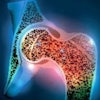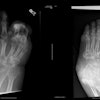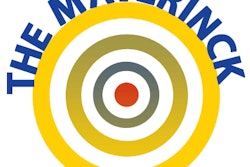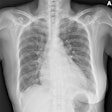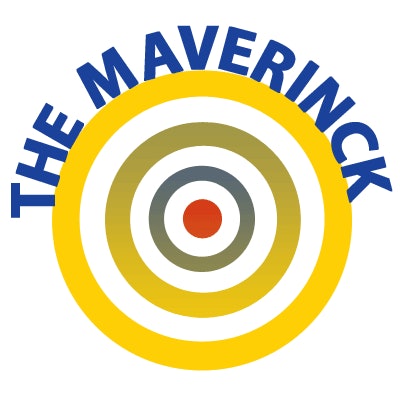
In the mad rush of the COVID-19 rat race to become the first to publish "important" scientific or research results, even commonly respected peer-reviewed journals have accepted articles without a proper review. Lancet and the New England Journal of Medicine had to retract two papers about chloroquine for the treatment of COVID-19 and cardiovascular disease, drug therapy, and mortality in that disease. For the journals, this was a disaster because "the veracity of the data underlying this observational study could not be assured by the study authors."1,2
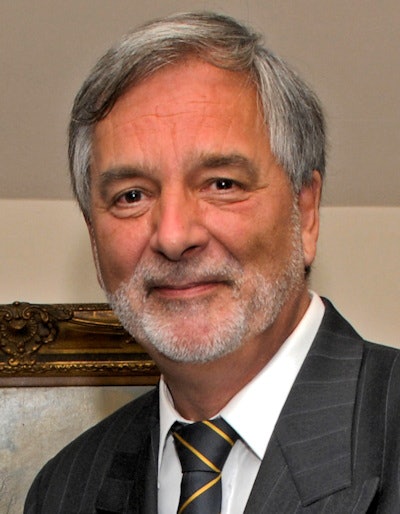 Dr. Peter Rinck, PhD.
Dr. Peter Rinck, PhD.In these papers, the main authors had used data that they hadn't collected themselves. The data had been provided by one of the co-authors, who ran a data-collection company. The inconsistencies in the datasets were not discovered by the peer reviewers of the two journals (if any) but apparently by Australian journalists. The journalists detected the flaws in the papers immediately -- but the issues might have escaped a cursory reader.
I can imagine these two papers were put on the fast track to be published through favoritism, overtaking other papers that were put on hold. Raw data and statistical analyses of studies are often at the center of fraud. Only in rare cases are they checked and verified by peer reviewers. For articles like these, it's difficult to get peer reviewers, and the speed of electronic publishing and the emergence of preprints put pressure on the ascendancy of well-established journals.
The pandemic's arrival
When COVID-19 struck, concerns emerged in daily newspapers, weekly magazines, and other media about the amount and minor quality of "scientific" papers that were being turned out like junk mail by researchers and medical doctors all over the world. Suddenly there were preprints, press releases, and scientific papers everywhere. At the beginning of June, there were already 14,300 preprints counted. Since then, tens of thousands of additional preprints have been published. They are collected in an amazing repository.3 Counting preprints and articles on MedLine, there are more than 3,000 papers on COVID-19 and radiology.
Preprints are, by and large, unfinished preliminary publications of scientific papers before they are submitted to scientific journals. They are uploaded to online platforms. Since preprints are not independently peer-reviewed, their quality and validity are not controlled by the impartial decision of somebody of competence and experience in the field, and thus they cannot be relied on. Yet, it is now common practice to cite preprints, not just reviewed final publications.
Preliminary publications are not the way to go, either in research or in science. Some readers lack the ability to discern if the information given is trustworthy or not. They need "filtered" (i.e., reviewed) information that they can depend on. Trust plays a major role for such journals, as in the case of Radiology and European Radiology. If one cannot rely on the accuracy and credibility of papers published in these journals, they will face an additional stumbling block in their battle for survival, and their readers will have trouble finding the right directions for making professional medical decisions.
Pointless papers
This situation is not new. A myriad of medical papers that have been and still are written and published are inessential and truly pointless. I have written about this topic quite often, the last time with a long list of references in 2015.4 However, virtually no one seemed interested or talked about it.
Worse still, there seem to be far more articles in the pipeline because some writers want to use other people's data for papers of their own. In an editorial published in 2016, the Editor-in-Chief Dr. Jeffrey Drazen and Deputy Editor Dr. Dan Longo of New England Journal of Medicine were worried about this kind of misappropriation of data by rival researchers. They talked about "research parasites," "a new class of research person[s] ... people who had nothing to do with the design and execution of the study but use another group's data for their own ends, possibly stealing from the research productivity planned by the data gatherers."5
Within a few days, an outcry went through parts of the scientific community, and the two authors of the editorial clarified their remarks by promoting "symbiotic" work, but they didn't retract their earlier statement. Unfortunately, their own journal was hit by "parasitic" data use. What they had predicted happened to themselves. The critics remained silent.
Writing papers has no moral value in itself, but it is the default choice of many to succeed in their careers. Scientific misconduct is usually driven by two factors: money and ego. It often leads to maneuvering in the borderland between pseudoscience and scientific scams, between ambition and integrity.
Sometimes one gets the impression that the real experts of the COVID-19 crisis are not only virologists and epidemiologists but also vampirologists and epididymologists -- often academics who pretend to be knowledgeable in the field. Fortunately one country is blessed and has a former neuroradiologist as an advisor to the government's Coronavirus Task Force, leading the country through the pandemic.
Preprints and publications in junk journals are flourishing by the thousands in the recent decade, and research gets published with minimal effort, thereby padding academic CVs.
Many of the COVID-19 preprints found coverage in the popular media, but they contained very few real findings. Soon a critical mass of untrustworthy results and conclusions was reached, such that leading newspapers like Neue Zürcher Zeitung and Le Monde complained about sloppy science. On the other hand, journalists, politicians, and the general public were, sometimes inadvertently, relying on fraudulent and flawed research to guide major health/political decisions. Even veteran researchers had a hard time ascertaining which publications were indisputable. Unfortunately, some of this material sticks in one's mind and becomes etched in people's memories -- right or wrong.
Radiology guidance
Look at what we read about radiology: Chest MRI is a viable alternative to chest CT in COVID-19 pneumonia follow-up, although a number of other publications claim that chest CT is the best method. Yet, perhaps ultrasound is the best modality. But then again, regular chest x-rays are sufficiently good ...
In a diplomatic way, Dr. Ivana Blažić, PhD, and colleagues described the problem in a recent survey article about guidelines on how to use radiological techniques facilitating the diagnosis of COVID-19:
"Guidelines and recommendations of national and regional professional societies differ to a certain degree ... As a conclusion, it is obvious that the practice of imaging in COVID-19 differs throughout the world, especially regarding the utilization of conventional chest x-ray and computed tomography."6
In five years, we will know better.
References
1. Mehra MR, Desai SS, Ruschitzka F, Patel AN. Hydroxychloroquine or chloroquine with or without a macrolide for treatment of COVID-19: A multinational registry analysis. Lancet. 2020.
AND: Mehra MR, Ruschitzka F, Patel AN. Retraction -- Hydroxychloroquine or chloroquine with or without a macrolide for treatment of COVID-19: A multinational registry analysis. Comment. Lancet. 2020; Volume 395, issue 10240, P1820.
2. Mehra MR, Desai SS, Kuy SR, Henry TD, Patel AN. Cardiovascular Disease, Drug Therapy, and Mortality in COVID-19. N Engl J Med. 2020;382:e102.
AND: Mehra MR, Desai SS, Kuy SR, Henry TD, Patel AN. Retraction: Cardiovascular Disease, Drug Therapy, and Mortality in COVID-19. N Engl J Med. 2020;382:2582.
3. Fraser N, Kramer B. Covid-19 Preprints. Repository. https://doi.org/10.6084/m9.figshare.12033672.
4. Rinck PA. The calamity of medical and radiological publications. Rinckside 2015; 26,8: 21-22.
5. Longo DL, Drazen JM. Data Sharing. N Engl J Med. 2016;374:276-277.
6. Blažić I, Brkljačić B, Frija G. The use of imaging in COVID-19 -- results of a global survey by the International Society of Radiology. European Radiology. 2020.
Dr. Peter Rinck, PhD, is a professor of radiology and magnetic resonance and has a doctorate in medical history. He is the president of the Council of the Round Table Foundation and the chairman of the board of the Pro Academia Prize.
The comments and observations expressed herein do not necessarily reflect the opinions of AuntMinnieEurope.com, nor should they be construed as an endorsement or admonishment of any particular vendor, analyst, industry consultant, or consulting group.


